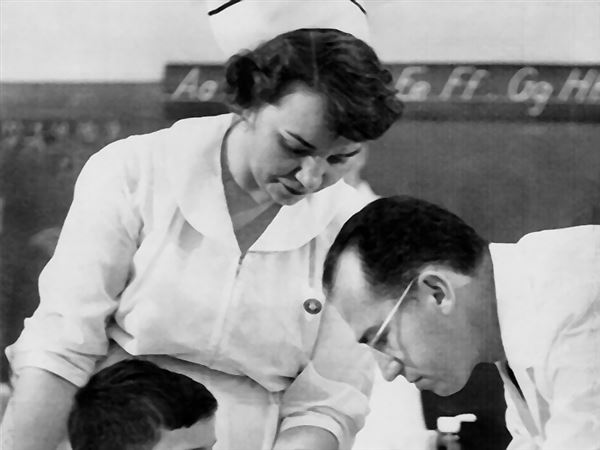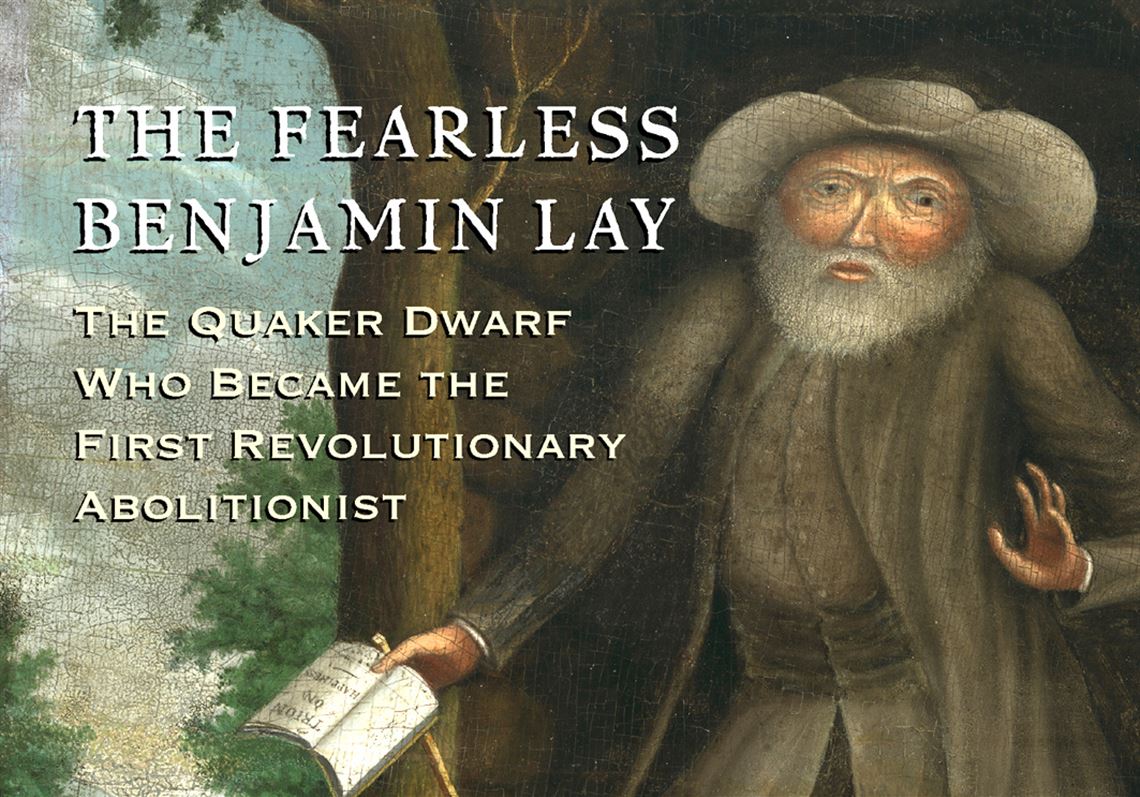Quakers were early opponents of slavery in Pennsylvania and instrumental in establishing the state’s gradual emancipation act of 1780, often described as the first law of its kind in the nation. However, Quakers did not gravitate automatically to the slave’s cause; some were slaveholders who ruthlessly suppressed anti-slavery dissent. In 1730s Philadelphia, one Quaker’s anti-slavery agitation cost him dearly.
Beacon Press ($26.95).
This is the story that Marcus Rediker tells in “The Fearless Benjamin Lay: The Quaker Dwarf Who Became the First Revolutionary Abolitionist.” Mr. Rediker, a history professor at the University of Pittsburgh whose previous books include “The Slave Ship: A Human History” (2007), carefully traces the development of Lay’s anti-slavery sensibilities. Contemptuous of authority, Lay had running battles with Quaker leaders in England, gained an appreciation for cosmopolitanism during a stint as a sailor, and recoiled at the mistreatment of slaves who toiled on the sugar plantations in Barbados. His wife, Sarah, a Quaker minister who lived with him on the Caribbean island from 1718 to 1720, was equally appalled by the barbarism of the plantation owners. Mr. Rediker suggests that Lay’s diminutive stature helped to sensitize him to the plight of the less fortunate.
In 1732, the Lays arrived in Philadelphia, hoping, Mr. Rediker says, “to join William Penn’s ‘Holy Experiment.’” Instead, Lay was sickened to find slave owners among the city’s leading Quakers, some of whom also wielded great political authority in the colony. His ensuing campaign against these “apostates” included attention-grabbing protests and publication of a book in 1738 that outlined the religious, philosophical and other arguments against slavery. Mr. Rediker calls it “the fourth major anti-slavery publication in North America.”
The treatise, printed by Benjamin Franklin and quickly denounced by leading Quakers, contained language so fiery that Mr. Rediker likened Lay to a prophet. Lay was self-educated but well-read — Mr. Rediker gives a painstaking reconstruction of his subject’s “enlightenment” — and his reasoned arguments landed with the sharpness of a blade.
Yet Lay’s entreaties drew scorn, as did the efforts of so many prophets before him, and he suffered the additional indignity of ridicule because of his dwarfism. His religious community shunned him. He lived in a cave, with a few friends and many more books to comfort him.
In more ways than one, Lay was ahead of his time. His demand for immediate emancipation — as opposed to the gradual kind that first took root in Pennsylvania and other Northern states — anticipated the radical abolitionists who arrived on the scene a century later. His religious inspiration, defiance of community elites, uncompromising stance and willingness to endure personal abuse for the cause were other traits Lay shared with the later generation of abolitionist agents, Theodore Dwight Weld and his Band of Seventy chief among them.
Mr. Rediker is not the first historian to note Lay’s work, but he rues that the abolitionist is little known today. He believes Lay’s size and eccentric behavior are partly why history has dismissed him. He also suggests that the working-class Lay, by turns a shepherd, tradesman and sailor, is lost in the common view of abolitionism that focuses on wealthy activists such as the New York merchant Lewis Tappan, a leader in the radical American Antislavery Society founded in 1833.
However, working-class support for anti-slavery is not missing from the historiography. Among other scholars, Edward Magdol documented working-class support for abolition in early-19th-century Massachusetts and New York manufacturing towns, and Leonard L. Richards showed that working-class men were more likely to be abolitionists than members of the mobs that attacked anti-slavery gatherings in New York during the 1830s.
“The Fearless Benjamin Lay” is an important contribution to the history of abolitionism. “I seek in this book to treat Benjamin with the respect he deserves,” Mr. Rediker writes. In that, he succeeds.
Lay, a lover of books, would have appreciated this one, less for the praise lavished on him than the attention given his message. As Mr. Rediker says, “Benjamin’s prophecy speaks to our time.”
Joe Smydo: jsmydo@post-gazette.com or 412-163-1548.
First Published: October 22, 2017, 4:00 a.m.

















